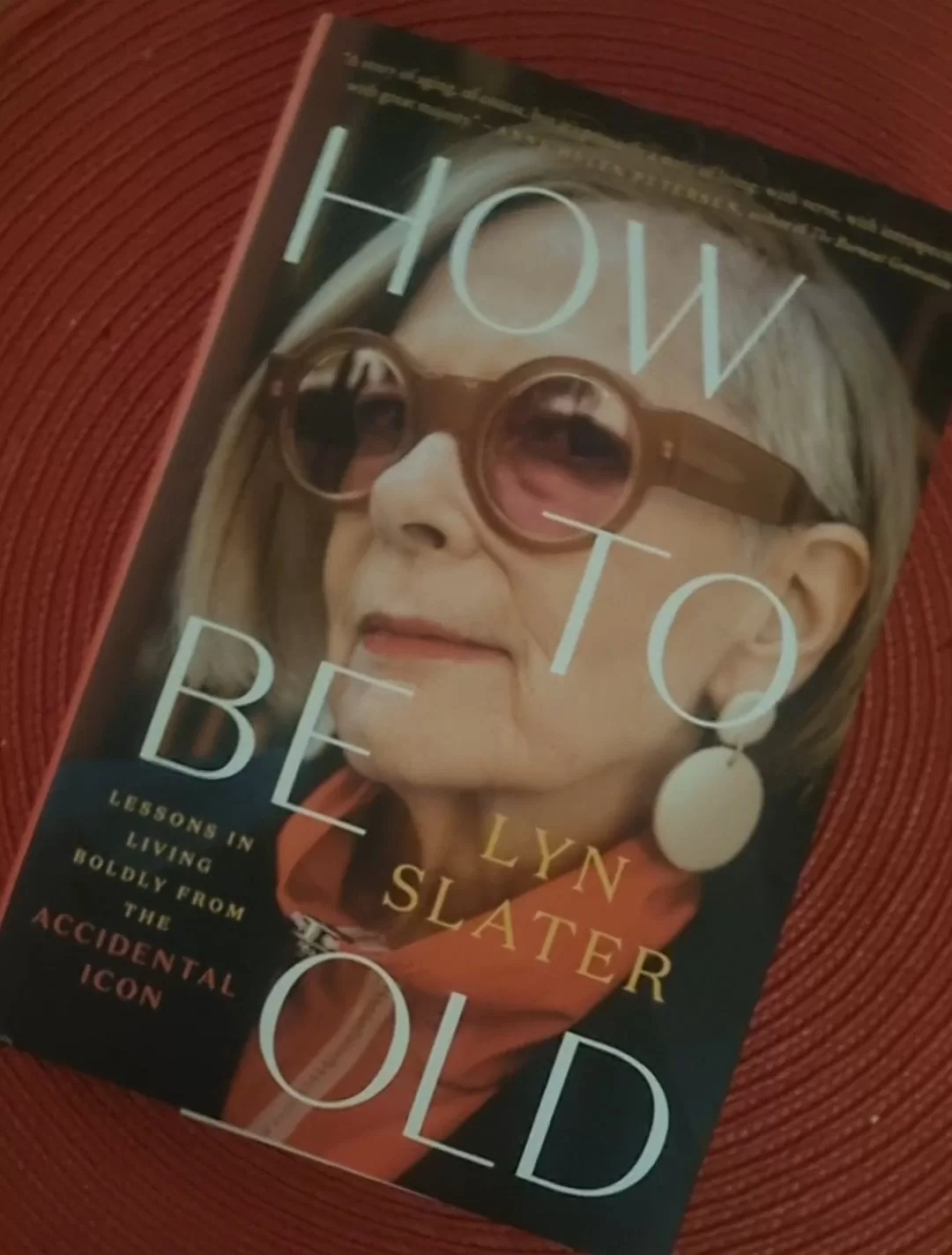Lyn Slater has spent her so-called “golden years” reinventing herself. Slater achieved instagram fame in her 60s as the “Accidental Icon” through her fashion blog, Accidental Icon and instagram account, @iconaccidental, while working as a professor of social work at NYU. As a blogger/influencer, Slater became known for her radical self acceptance and the way she appeared to embrace her older age. Yet, recently, Slater has reinvented herself once more. As her internet fame resulted in what she describes as the increasing commodification of herself, she once again re-evaluated the way she was living her life and chose to take a step back from the fashion world.
In her new project on substack, Slater writes, “In 2014, after increasing feelings of dissatisfaction with the corporate turn of academia and the constraints placed on how one may write, I started a blog named Accidental Icon. I wrote about fashion although I was a professor of social welfare… I explored the use of fashion as a window into society and a vehicle to make personal and social change. My rejection of age as a variable to be considered in how one dresses, lives and represents oneself seemed to hit a chord.”
Slater retired from her academic job in 2019 and became a full time influencer with no way of knowing that the COVID-19 pandemic was just around the corner. When the pandemic hit, it forced Slater, like many of us, to slow down and reflect. She realized that her personhood had become commodified as a brand when she began to do more and more sponsored posts on instagram resulting in her spending less time on her passion, writing on her blog. How To Be Old details her journey from the study of social work to fashion blogger/ influencer to now author and essayist as well as the lessons she’s learned about growing old throughout the journey.
Slater writes eloquently, detailing her innermost thoughts as she traverses life and looks to the past to find explanatory threads for how she became the person she is today. Slater writes, “The ability to view the darker side of life neutrally and to transform frightening stories and events into objects of curiosity rather than terror enable me to go on to practice social work for forty-five years” (pg. 38) She continues, “It has shown me the way the most awful events can recede and leave seeds that may grow into something beautiful, something called post-traumatic growth… It has helped me to accept my own fear, the losses I have experienced, the pain I have felt, the sins I have committed. This acceptance of lightness and dark gives me eternal hope” (pg. 39). Slater goes on to relate this to her interest in fashion, a medium that she argues tells stories of power relations, oppression, and liberation. She writes, “More and more, I realize that my ever-evolving choice of clothing and the ongoing development of my personal style are about containing the darkness and light of my transaction with the world, as a woman growing older” (pg. 40).
While sections of the book, like the one above, are impactful due to the way Slater weaves together common threads from various professions and aspects of life, I was eager to see how Slater would address the tensions between fashion and sustainability, if at all. For me, fashion has always been a dual exercise in self expression and utility but, more recently, questions of sustainability and the excess of shopping under capitalism have also occupied the foreground of my thought. Slater highlights designers who create textiles that are meant to be used long term rather than as another input into the fast fashion market to be discarded in either a Goodwill or dumpster within a month. She also details her own journey with sewing and, as she decides to leave behind the world of influencing, one of the reasons she gives is a desire to live a more sustainable life. Like Cicero in How to Grow Old (which I’ve written about here), Slater also expresses a desire to be closer to nature as she grows older and leaves behind New York City for a house with a garden.
How To Be Old is not really a book about fashion, blogging, or influencers. Rather it is a story of a life well-lived. By writing about her own life, Slater speaks to universal truths. She teaches us that we can be more than just one thing– both all at once, and over the span of our lives; that fashion and fashion photography are not necessarily frivolous and can have large impacts on the way we see the world; and that growing old is not a limitation regardless of the message society sends women. In fact, growing old may provide a new kind of freedom for us to pursue new passions, rediscover old ones, and continue to learn and grow. And we can decide do it all while looking glamorous… or in a pair of old overalls.




